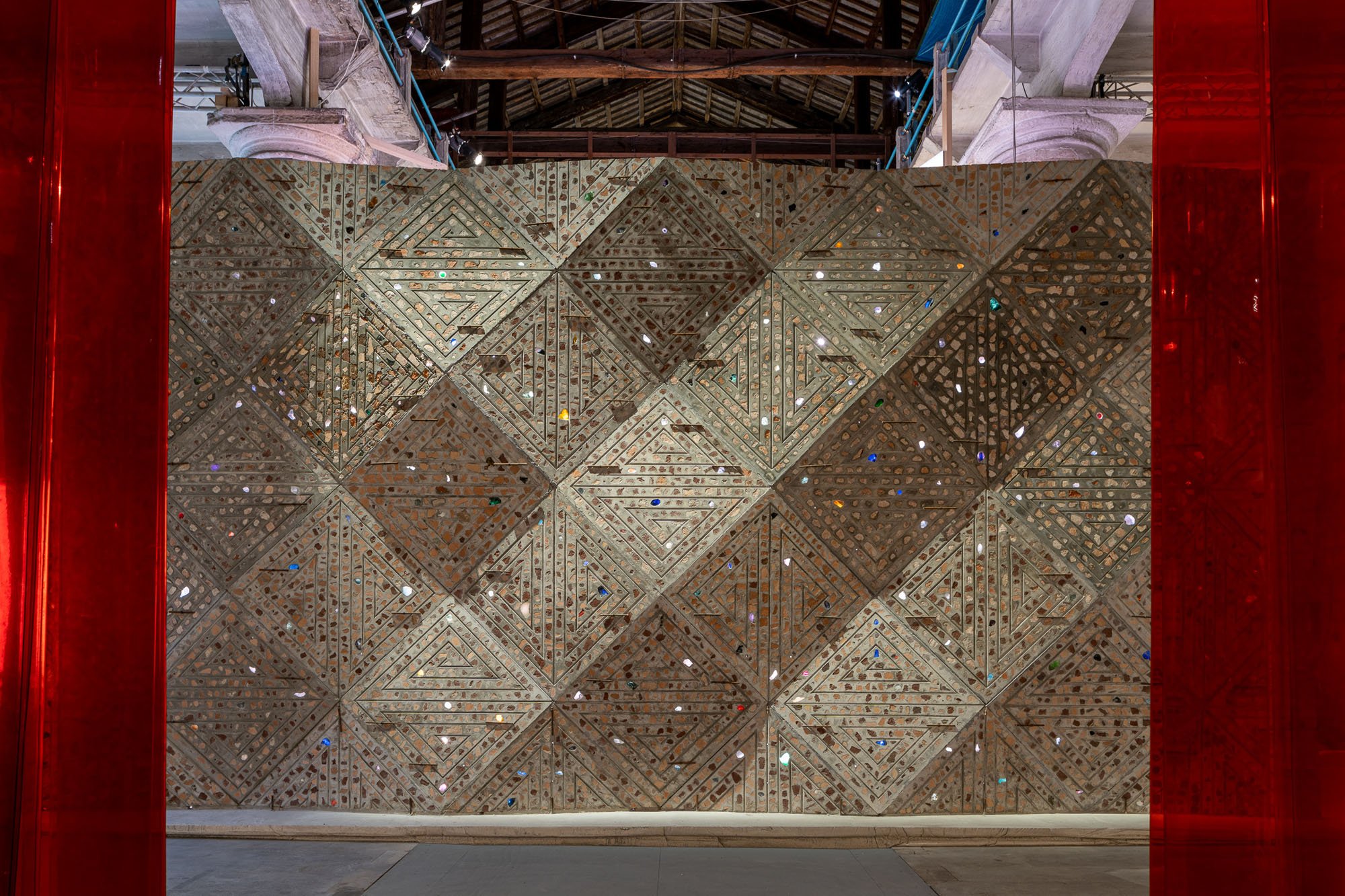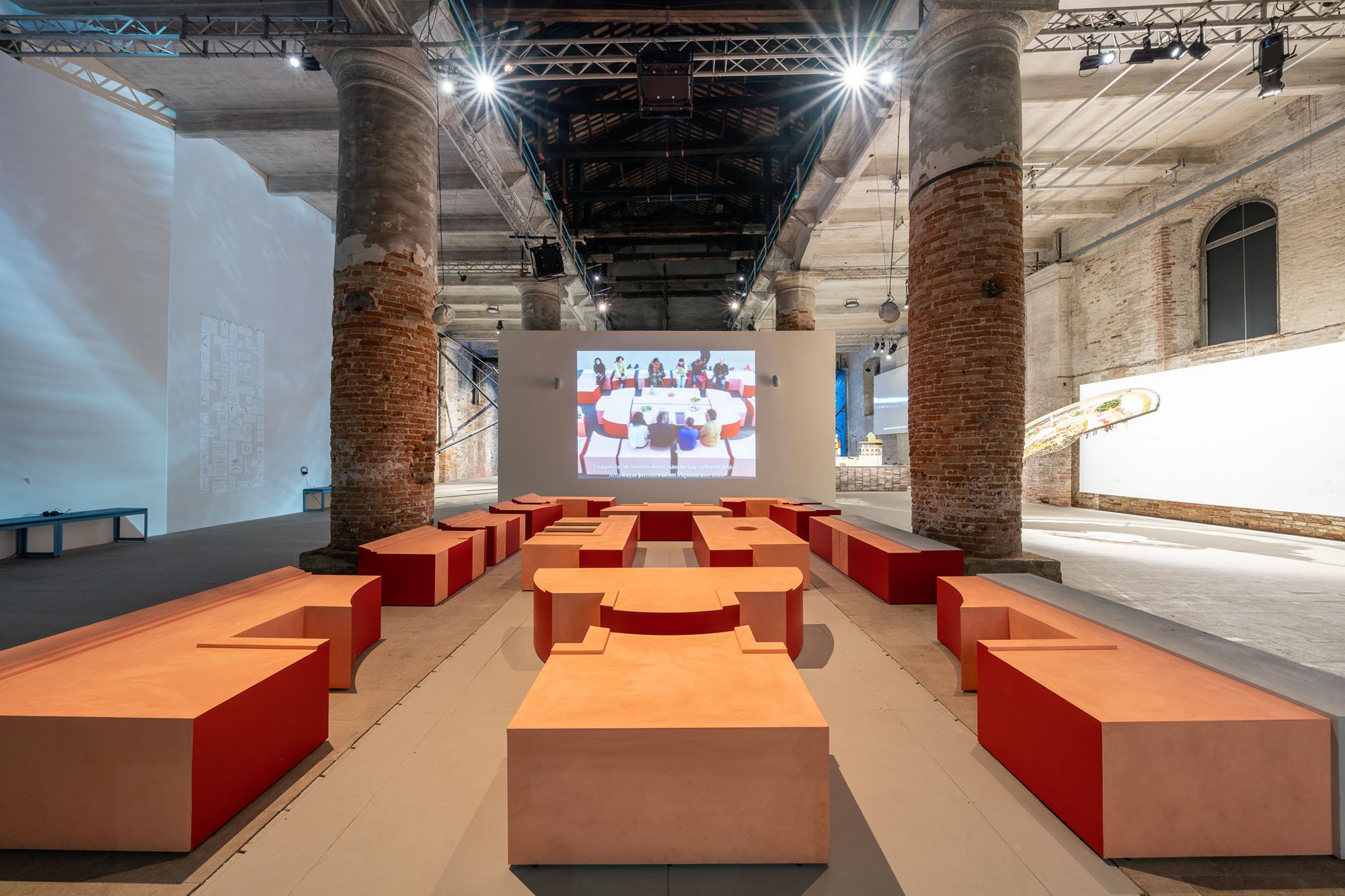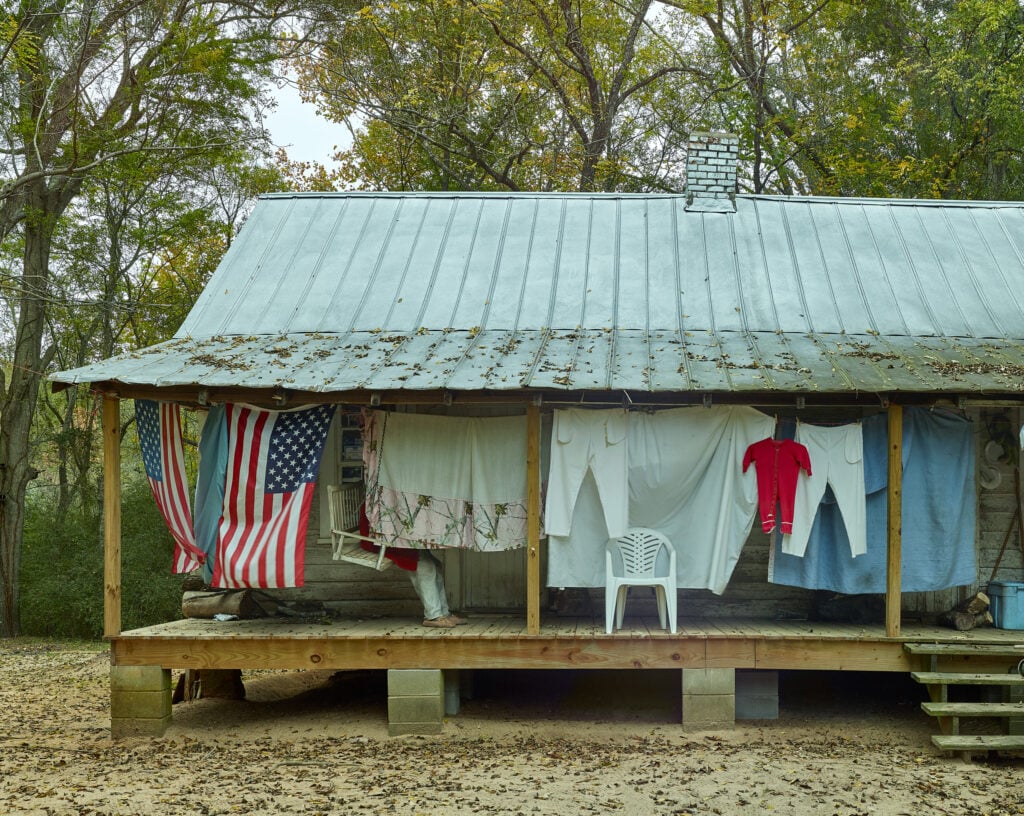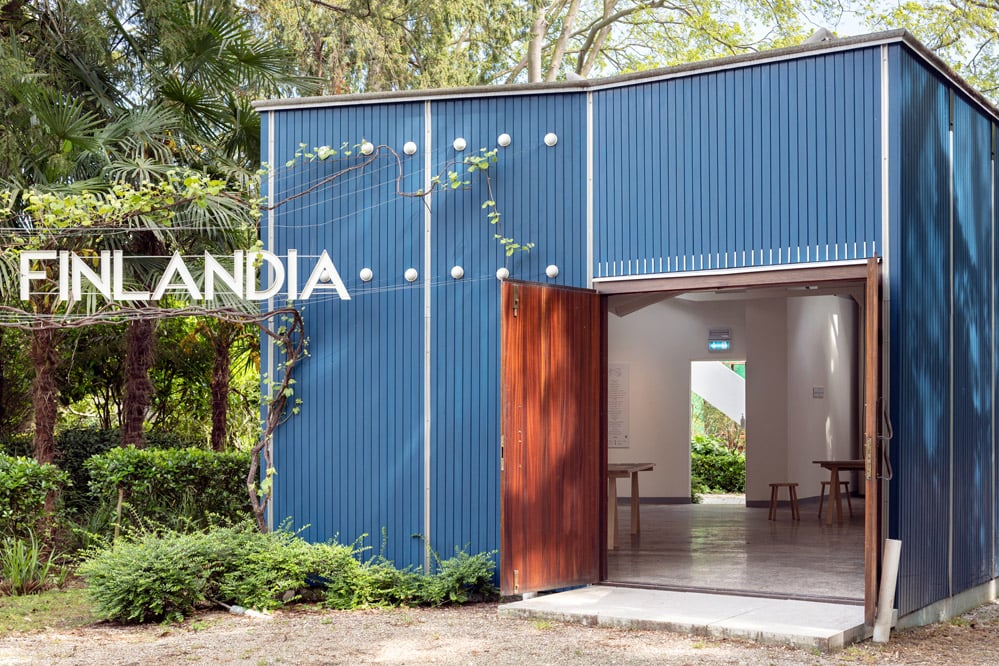
June 13, 2023
I Went to the Venice Biennale and Saw the Future
For difference to make a difference, it cannot simply be.
Lesley Lokko, curator of Biennale Architettura 2023

Complexity and Contradiction
Indeed, visitors of this year’s biennale are confronted with many complex and sometimes contradictory feelings, from joy to pain. In the Corderie dell’Arsenale, Lokko’s Dangerous Liasons unfolds in a densely choreographed set of installations that stretch over time, geographies, and transnational histories, dotted here and there with the contributions of young participants, here called Guests from the Future. In Debris of History, Matters of Memory, Brazilian architect Gloria Cabral, Congolese artist Sammy Baloji and Martiniquais art historian Cecile Fromonot reimagine common histories and connect different sides of the Black Atlantic with a monumental wall built with construction debris and bricks made of mining waste. The wall’s patterns are reminiscent of both Congolese textiles and Brazilian indigenous motifs, punctuated by the bright shades of Venetian glass.
Elsewhere, Johannesburg-based MMA Design Studio presents Origins, a hypnotic video installation that documents a Tswana settlement that dates to the 15th century. Origins posits a cyclical, African sense of time where the past helps us conceive of a future where animate and inanimate beings are connected. Connections to land and fraught histories of occupation and exploitation abound, and not just in the African continent: in Trees, Vines, Palms and Other Architectural Monuments, Brazilian architect Paulo Tavares explores forced displacement of indigenous communities in the 1960s and argues for new forms of architecture that include the restoration of land as a fundamental component. Swiss artist Ursula Biemann’s documentary film Devenir Universidad (To Become University) documents the preservation and transmission of indigenous knowledge of the rainforest by the Inga people in South Colombia; and White Arkitekter’s One Hundred and Fifty Thousand Trees combines large slabs of wood with a testimonies from Sápmi elders to explore the impact of a recent timber project on the forests and territories from which it was built. Combining a video projection and a deconstructed facade of a fascist building on the floor of the Arsenale, DAAR’s installation Entity of Decolonization (which was awarded the Golden Lion by the Biennale jury), showcases practices of decolonization in the south of Italy.

Transmission and Connection
The dense set-up of the Arsenale is lifted in the Central Pavilion of the Giardini, where the double narrative continues, featuring a few more Guests from the Future annotating and expanding the work of participants in a larger section titled Force Majeure. In the latter, we see the work of Theaster Gates, David Adjaye, and Francis Keré, arguably the most established participants of this edition. Around them, Soumayya Vally and Moad Musbahi use The African Post Office to create a speculative network of transmissions and connections, to be activated by visitors and experienced in sound and movement. With Afritect, MASS Design Group surveys young African architects in search of how the profession needs to change its definition and expectations. And in Mediterranean Queendoms, Meriem Chabani of New South presents a carpet to convey a continuous interior space from Batna to Algiers to Paris. Together, the interventions of the 89 participants radically advocate for an expanded, complex, and reinvented understanding of architecture—and it’s a lot to take in.
Beyond the main exhibition, Lokko’s plea to focus on decarbonization and decolonization led many national pavilions to focus on themes that traditionally have been excluded from the biennale. Among them, the most remarkable was the Nordic Pavilion. It presented Sápmi architect and artist Joar Nango’s Girjegumpi: The Sámi Architecture Library, a fifteen-year long research on Sápmi ways of dwelling and being that was brought to the Giardini in a moving large-scale occupation of the entire pavilion that reframed its use and purpose.

Moving Beyond Expectations
Throughout The Laboratory of the Future, the diversity of media present in the main exhibition venues defies conventional expectations—from video to textile and sculpture, we are miles away from the plans, sections, and intricate models abundant in previous editions. This was an intentional choice on Lokko’s part, justified by the imperative to make a “carbon light” exhibition; for the scenographic elements, Lokko reused and repurposed the structures of Cecilia Alemani’s 2022 The Milk of Dreams art biennale.
While both the Arsenale and the Giardini are successfully articulated as an emotional tour de force, there are, as always in an exhibition of this kind, disparate levels of quality in the diverse contributions. However, it would be a fallacy to review The Laboratory of the Future as merely an exhibition when it is in fact an expanded exercise in changing narratives for an entire discipline. During the opening days in Venice, the energy emerging from the conversations and connections stirred by this event was intoxicating, powerfully created a web of connections and brought to the center a new generation. The Laboratory of the Future should be the first, and not the last, biennale of this kind: it points to the beginning of a new era of understanding what architecture is and what it could be. There’s no turning back.
Would you like to comment on this article? Send your thoughts to: [email protected]
Related
Viewpoints
PORCH: An Invitation to Explore American Architecture at the Venice Biennale
Recent scholarship on earth architecture in America highlights larger issues concerning power, extraction, and Indigenous resistance to the settler state and capitalism.
Viewpoints
Peter MacKeith Organizes a Southern Exhibition at the Venice Biennale
The dean of the Fay Jones School of Architecture and Design at the University of Arkansas gathered up the work of 36 modern architects from eight states for a symposium and a book.
Projects
4 Standout National Pavilions at the Venice Architecture Biennale
Responding to the theme “How will we live together?” national pavilions examine the local and global factors that produce unique housing patterns.





